Nature reports
Publisher: Naturalis Biodiversity Center
Page 3 of 7 - 66 Results
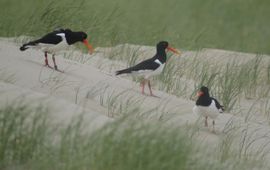
Tens of thousands of animals around the world are monitored using GPS trackers to protect wildlife and study animal behaviour. The collected data are also useful for biodiversity research, but are seldom available on platforms..
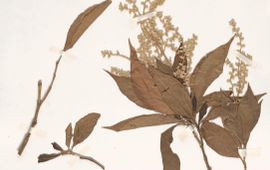
If a dried specimen of an extinct plant species still has seeds in a herbarium, is the plant really extinct? A global team of scientists toyed with that question. To arrive at the answer, they made a survey of all extinct plants..
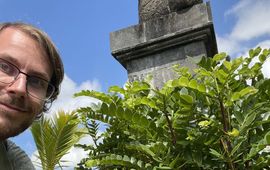
The plant genus Phyllanthus was large and complex. PhD student Roderick Bouman disentangled it. ..

Biology students from Leiden University have discovered two tree frog species in the Dutch coastal dunes that do not occur there naturally. A special DNA-technique revealed these potentially harmful tree frogs. Remarkable, but..
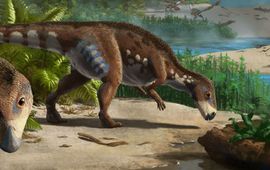
An international team of researchers has discovered a previously unknown species of dinosaur in western Romania and named it after its location in Transylvania: Transylvanosaurus platycephalus lived about 70 million years ago, and..
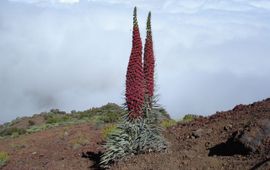
Why do some plants grow into large woody shrubs or colossal trees, while others remain small and never produce wood in their stems? It’s an evolutionary puzzle that already baffled Charles Darwin more than 160 year ago. Now,..
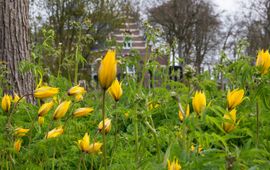
The Netherlands is known for its beautiful and colourful tulips. Though most tulips originate from the Ottoman empire, Tulipa sylvestris, the wild tulip, followed a different path. Anastasia Stefanaki and Tinde van Andel, both..
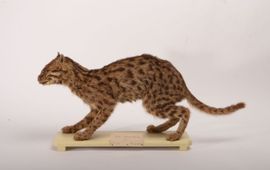
The skull and skin of a fishing cat have been in the collections of Naturalis for two hundred years, but only recently did they receive attention. What researchers found can inform us about the history of Singapore – natural and..
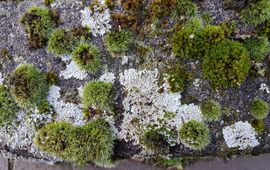
Which 'hidden' organisms live in the city? How can we use these organisms to help trees grow better, make concrete more plant-friendly and measure heat stress? Will city dwellers act more environmentally conscious if they let..
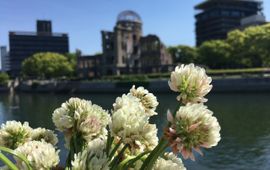
A global biological study has provided the most direct evidence to date that humans, and specifically cities, are the drivers of evolutionary change on earth. Leiden University, the municipality of Leiden and Naturalis..
